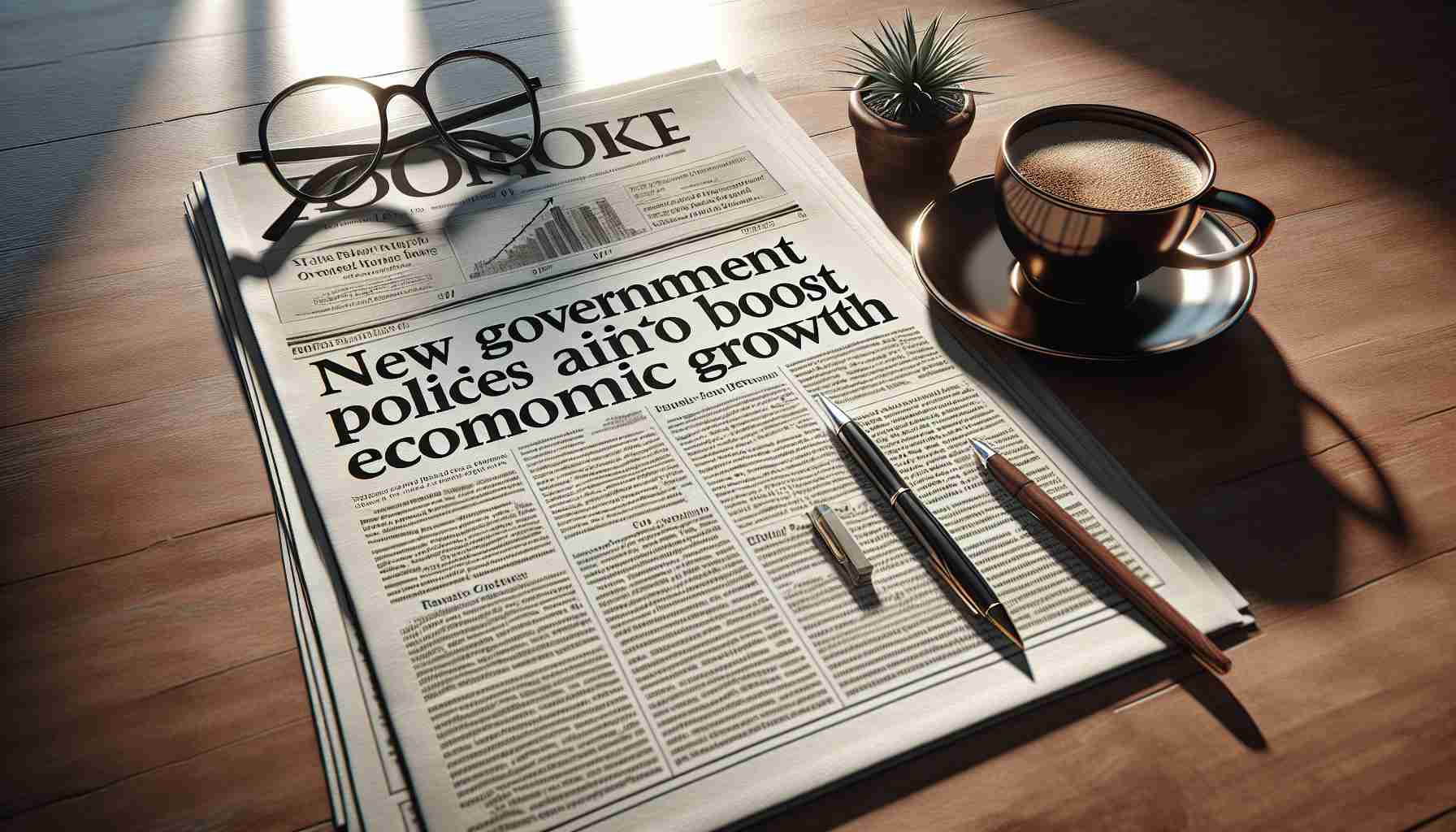The government introduced a series of new economic policies to stimulate growth in response to recent inflation trends. These measures are expected to have a significant impact on the country’s financial landscape.
The latest government initiative focuses on implementing tax incentives and subsidies for businesses to encourage investment and expansion. By providing financial support to companies, the aim is to spur job creation and increase overall economic activity.
Furthermore, experts anticipate that these policy changes will lead to a gradual decrease in borrowing costs for individuals and enterprises. This shift is projected to provide relief to households burdened by high borrowing expenses and offer more favorable conditions for businesses seeking to expand their operations.
While the policymakers emphasized the importance of maintaining low inflation levels, they remain cautious about the pace at which these measures will be rolled out. Government officials have stressed the need for a balanced approach, aiming to prevent any abrupt disruptions to the financial stability of the country.
The decision-making process behind these new policies was a collaborative effort among key stakeholders, with unanimous support from government officials in favor of bolstering economic growth. By laying the groundwork for a more favorable economic environment, these initiatives are set to shape the financial landscape in the coming months.
New Economic Policies Set to Drive Robust Economic Growth
In addition to the recently introduced measures, the government is also rolling out initiatives aimed at enhancing infrastructure development to attract foreign investment. This strategic move is expected to create a ripple effect, further boosting economic growth by increasing business opportunities and creating more jobs across various sectors.
Key Questions:
1. How will the government’s emphasis on infrastructure development impact economic growth?
2. What are the potential challenges in implementing the tax incentives and subsidies for businesses?
3. How will these policy changes affect different industries within the economy?
Answers:
1. Investing in infrastructure can lead to improved connectivity, efficiency, and productivity, ultimately attracting more foreign investments and spurring economic growth.
2. Key challenges may include ensuring the equitable distribution of benefits among businesses, preventing misuse of incentives, and monitoring the effectiveness of the subsidies.
3. Different industries may experience varied effects, with sectors heavily reliant on imports likely to benefit from reduced borrowing costs, while others may face increased competition due to a more favorable business environment.
Advantages:
– Increased job creation and economic activity.
– Relief for households due to decreased borrowing costs.
– Positive impact on business expansion and investment.
Disadvantages:
– Risk of potential misuse or inefficiency in allocating subsidies.
– Uncertainty regarding the pace of policy implementation and its long-term effects.
– Challenges in balancing the need for growth with maintaining financial stability.
The government’s proactive approach in collaborating with stakeholders and garnering support for these policies underscores the commitment to fostering a robust economic environment. While uncertainties and challenges may arise, the overall objective remains to drive sustainable growth and prosperity for the country’s economy.
For more information on economic policies and growth strategies, visit official government economics website.



